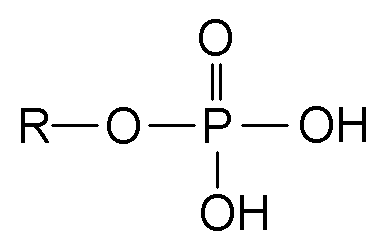-
 Primaries (feathers)
Primaries (feathers)
-
 Epidermis
Epidermis
-
 Photoperiod
Photoperiod
-
 Huffman
Huffman
-
 Ribozyme
Ribozyme
-
 Almond tree
Almond tree
-
 Van der Waals force
Van der Waals force
-
 SKMP
SKMP
-
 Rectum
Rectum
-
 Paedomorphosis
Paedomorphosis
-
 Excision
Excision
-
 GMT
GMT
-
 Spirit
Spirit
-
 Argan oil
Argan oil
-
 Euphotic zone
Euphotic zone
-
 Paleogeography
Paleogeography
-
 PSP
PSP
-
 CRAB
CRAB
-
 Isomalt
Isomalt
-
 Class III antiarrhythmics
Class III antiarrhythmics
-
 Spoofing
Spoofing
-
 Mullerian mimicry
Mullerian mimicry
-
 Cephalo
Cephalo
-
 Nocturnal
Nocturnal
-
 CCSM
CCSM
-
 Parenchyma
Parenchyma
-
 Varicose veins
Varicose veins
-
 DECT
DECT
-
 Radiometer
Radiometer
-
 Laminin
Laminin
Phosphorylation
Phosphorylation is the addition of a phosphate group to a molecule.
Phosphorylation mechanism
Phosphorylation is a chemical modification consisting in adding a phosphate group (PO43-) to a molecule taken from a molecule of ATP (which then becomes ADP).
In biology phosphorylation is catalysed by kinase enzymes, while the reverse reaction, dephosphorylation (the removal of the phosphate group) is catalysed by other enzymes, phosphatases.
The function of phosphorylation
Phosphorylation is a common biological modification performed on proteins or small molecules.
The protein phosphorylation is a post-translational modification, carried out on certain amino acids (usually serine, threonine and tyrosine) regulating their biological action.
 The addition of a phosphate group to a molecule is called phosphorylation. © DR
The addition of a phosphate group to a molecule is called phosphorylation. © DR
Latest
Fill out my online form.



